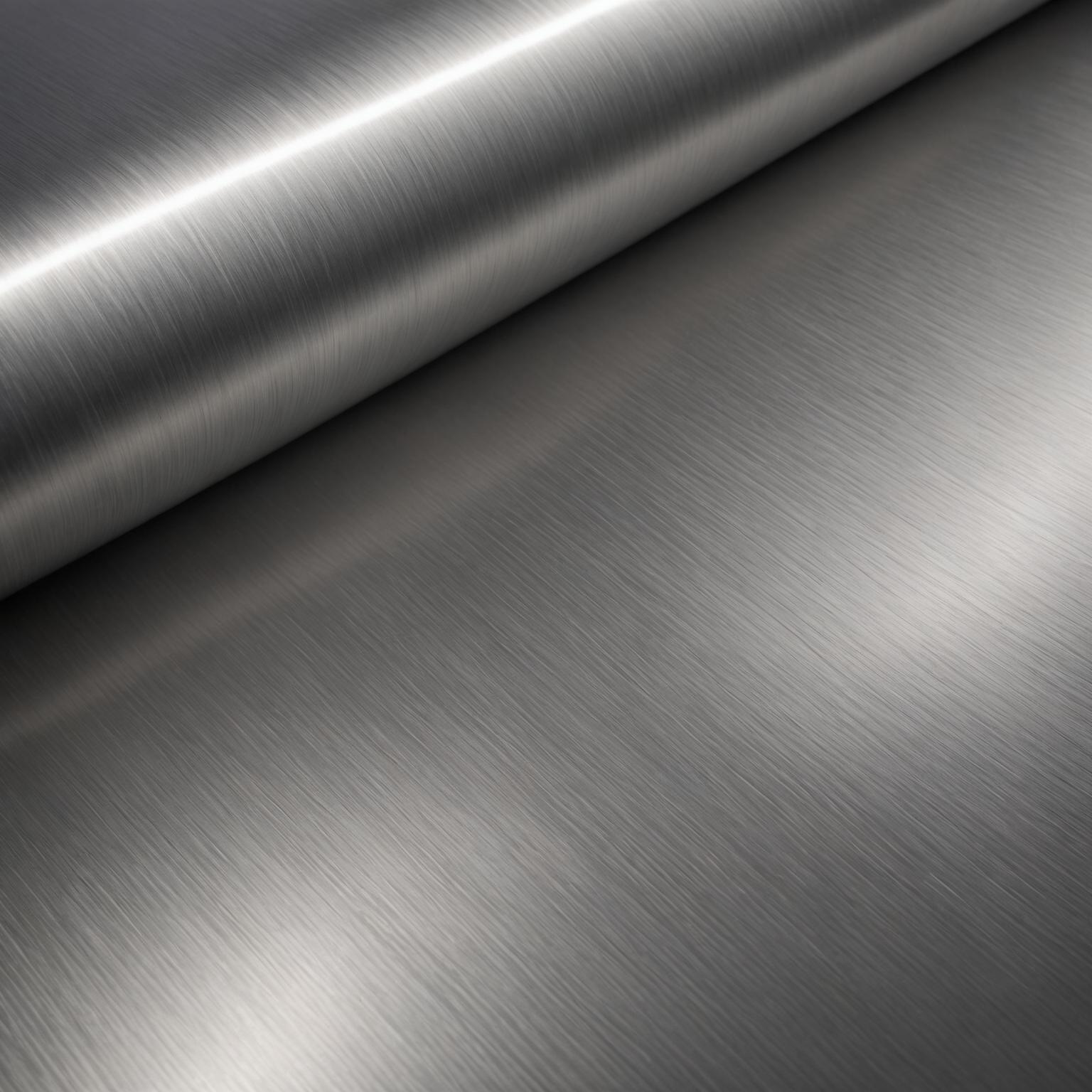Understanding the true cost of a project involving stainless steel can be more complex than it first appears. A common misconception is that the price is simply the cost of the raw material. However, the final figure involves a detailed Calculation of stainless steel sheet weight, market rates, and any additional fabrication required. For anyone from DIY enthusiasts to large-scale industrial buyers, mastering this calculation is key to budgeting effectively and avoiding unexpected expenses. This guide will walk you through the essential steps for determining the cost of stainless steel sheets, including the often-overlooked but crucial processing fees, helping you make informed decisions for your next project with a reliable partner like Span International.
Understanding the Core Calculation
The foundation of any stainless steel cost estimate begins with the material's weight. The price of the raw sheet is almost always quoted per kilogram or per ton. Therefore, the first step is to accurately calculate the weight of the sheet you need. The formula for this is straightforward: Weight (kg) = Length (m) × Width (m) × Thickness (mm) × Density. The density is a critical variable that changes depending on the grade of stainless steel. For example, the most common grade, 304 stainless steel, has a density of approximately 7.93 kg/m² per millimeter of thickness. Let's consider a practical example: a sheet of 304 stainless steel measuring 2 meters long, 1 meter wide, and 2 millimeters thick. The calculation would be: 2m × 1m × 2mm × 7.93 = 31.72 kg. Once you have the weight, you can multiply it by the current market price per kilogram to get your base material cost. This initial figure is your starting point before any customization or fabrication is considered.
Deconstructing Processing Fees
Once you have the base material cost, the next step is to account for any fabrication. This is where processing fees come into play, and they can significantly impact the final price. These fees cover the labor, machinery, and expertise required to transform a standard sheet into a custom component. The most common services include cutting, bending, and punching, each with its own pricing structure. Understanding these costs is essential for an accurate budget. Failing to account for these value-added services is one of the most common reasons for project cost overruns. A transparent supplier will always provide a clear breakdown of these charges, ensuring you know exactly what you are paying for beyond the raw material.
A Closer Look at Cutting, Bending, and Punching
Fabrication processes are highly specialized, and their costs vary based on complexity and technology. For cutting, options range from shearing for simple straight cuts to advanced methods like laser, plasma, or waterjet cutting for intricate shapes. Laser cutting, for instance, offers high precision and a clean edge but is priced based on the total cutting length and the material's thickness. Bending, typically done on a press brake, adds another layer of cost. The price is influenced by the number of bends, the length of each bend, and the complexity of the angles required. More bends and complex angles mean more machine setup time and higher costs. Finally, punching is the process of creating holes or specific shapes. The cost here depends on the number of holes, their size, and whether standard or custom tooling is needed. Each of these services—cutting, bending, and punching—requires skilled operators and precise machinery, and these factors are reflected in the processing fees.
Why Your Supplier Matters: Partnering with Span International
Choosing the right supplier is as critical as getting your calculations correct. An experienced partner does more than just sell you a sheet of metal; they provide expertise that can save you time and money. At Span International, we pride ourselves on transparency and collaboration. We work with our clients to understand their project requirements fully, providing a detailed and accurate quote that breaks down both material costs and all associated processing fees. Our state-of-the-art facility is equipped to handle a wide range of fabrication needs, ensuring every cut, bend, and punch is executed with the utmost precision. Whether your project calls for the sleek, modern finish of our premium brushed stainless steel or the rugged durability of our galvanized steel sheets, we ensure the highest quality materials and craftsmanship. Working with Span International means you have a partner dedicated to optimizing your design for cost-effectiveness without compromising on quality.
Final Thoughts on Accurate Quoting
In summary, the complete Calculation of stainless steel sheet costs is a multi-step process. It starts with the fundamental calculation of the material's weight and its base price but must also carefully incorporate the specific processing fees for any required fabrication like cutting, bending, and punching. By understanding each component of the final price, you can create a more accurate and reliable budget for your project. To ensure a seamless and transparent process from start to finish, it is vital to work with a reputable supplier. For your next project, reach out to the experts at Span International for a comprehensive quote and discover how our commitment to quality and customer service can bring your vision to life.








